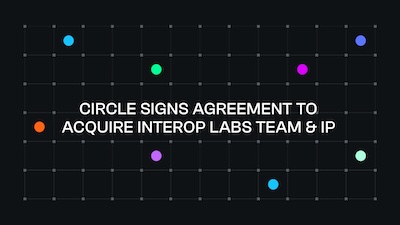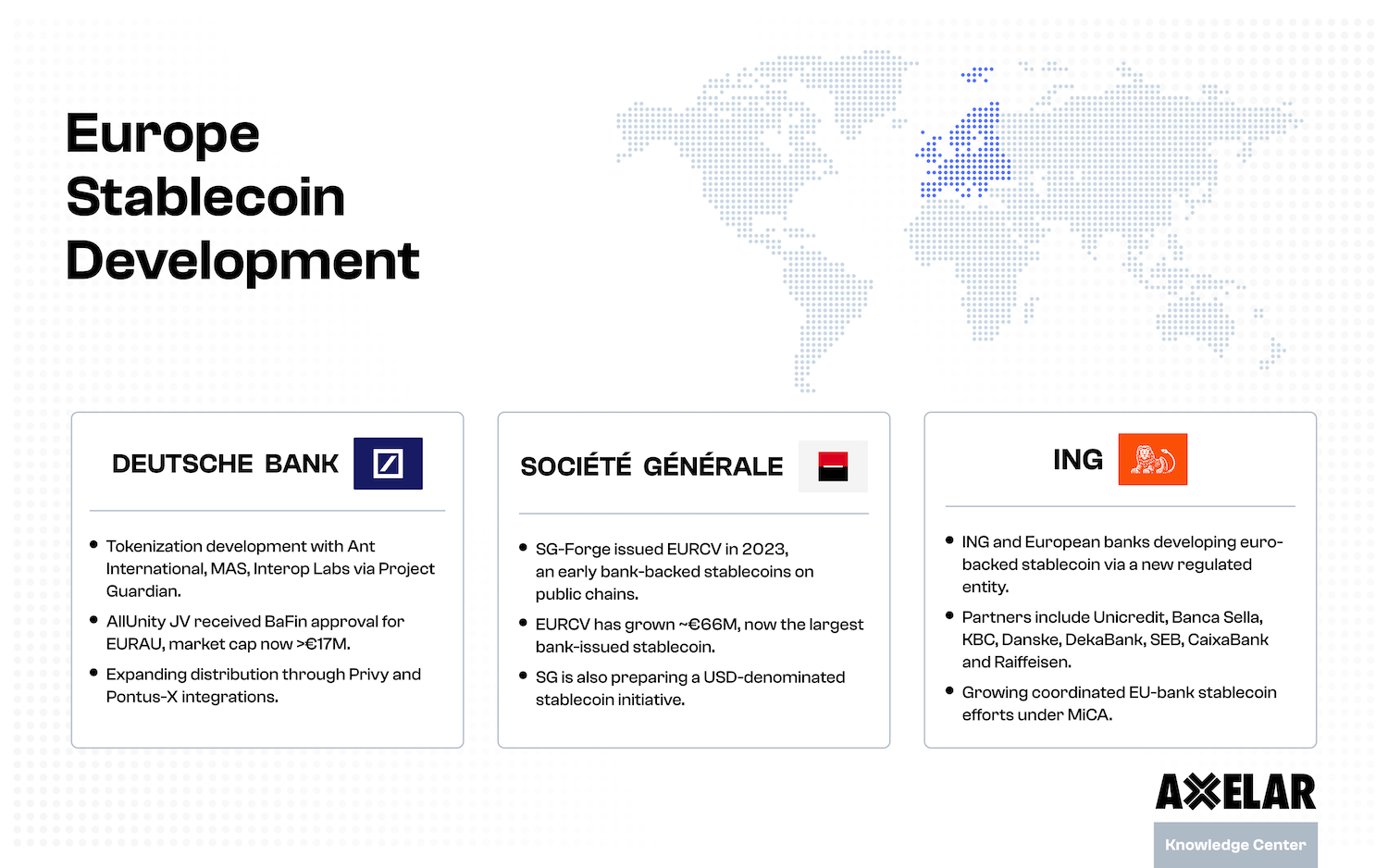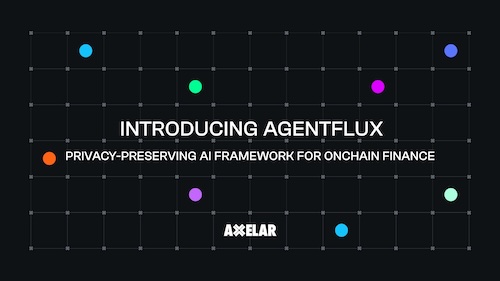Exploring Cross-Chain Solutions: How to Bridge Into Binance
Table of Contents



To witness growth in the Web3 ecosystem, communication between blockchains is extremely important. The rise of various layer-1 and layer-2 blockchains has showcased that there is an extensive need for blockchain interoperability solutions. Cross-chain bridges like the Binance bridge are one of the most used interoperability solutions, which enable the transfer of assets and information between two blockchains by acting as a bridge.
BNB Chain (formerly known as Binance Smart Chain), is a native blockchain developed by crypto exchange Binance. Known as the “Build and Build” chain, it offers high throughput, low transaction fees and faster transaction completion, making it an ideal low-cost alternative to Ethereum. The BNB Chain was originally initiated by Binance but has grown to become a more decentralized blockchain ecosystem that is community-driven (Source: CoinTelegraph).
Since its launch and reshaping, BNB Chain has grown significantly, housing thousands of projects in DeFi, gaming and NFTs. While the ecosystem has grown, it has also unearthed the need for secure and scalable cross-chain interoperability solutions that enable users to make the most of their assets. The Binance bridge is one of Binance’s native bridges that facilitates seamless interoperability without high fees and slow transaction times.
Here's a detailed overview of the Binance bridge and some other effective ways to connect with the Binance ecosystem.
What is Binance and BNB Chain?
Binance is the world’s largest cryptocurrency exchange, launched in 2017. Since its launch, Binance has cemented its name in the Web3 ecosystem with its extensive range of products and services, and the exchange is now just a part of it.
Binance also launched the Binance Chain in 2017, which provided a marketplace for exchanging crypto assets and introduced the Binance Coin (BNB) token as the blockchain’s native token. Binance Chain offered low transaction fees and added support for the development of dApps. However, it did not support complex smart contracts, making it less versatile for a range of applications. Also, since Binance Chain was built primarily for trading, it wasn't designed to attract a wide range of projects outside of decentralized exchanges.
To overcome the limitations of the Binance Chain, Binance launched the BNB Smart Chain (BSC) on September 1, 2020. The goal of BSC was to provide a more user-friendly blockchain that could support smart contracts and DeFi applications. BSC was Ethereum Virtual Machine (EVM)-compatible, making it easier for developers to port projects from Ethereum.
In 2022, the Binance Chain and BNB Smart Chain merged together to form the “Build and Build” BNB chain. The BNB chain aims to focus on MetaFi, which is an amalgamation of “Meta” for a meta ecosystem and “Fi” for decentralized finance (DeFi). The combination of these two blockchains aims to create a comprehensive ecosystem containing applications from GameFi, SocialFi, the Metaverse and non-fungible tokens (NFTs), something which the initial chains were lacking.
The BNB chain utilizes a consensus mechanism known as Proof-of-Staked Authority (PoSA) that combines staking and authority nodes. PoSA allows a consortium to pre-approve independent validators, who retain a certain amount of collateral, much like in the traditional proof-of-stake (PoS) mechanism. However, in this mechanism, all validators stake the same amount.
These validators hold a pivotal role in the network’s security and consensus as they validate transactions, propose and confirm blocks and ensure the blockchain’s integrity. The chain also allows token holders to partake in the decision-making process. This is executed through on-chain voting, through which token holders can vote on upgrades and changes to the network.
Moreover, developers can create BEP-20 tokens using the BNB Chain infrastructure, which is similar to ERC-20 tokens on Ethereum. These tokens can be used within the ecosystem for various applications, including rewards, governances and app-specific native currencies. As per the BNB Chain roadmap, it plans to further tighten and improve BNB Chain cross-component security. This will be done through migration to generic Merkle proof specification (ICS23), improvement around relayer candidate management and improving decentralization.
Following these features, the BNB Chain handles nearly 3-4 million transactions every day with over 380 million unique addresses on it. At its peak in November 2021, the chain handled 16,262,505 transactions (Source: BSCscan). It also boasts many distinguished projects, including automated market maker (AMM) PancakeSwap, decentralized crypto derivatives exchange AppoloX and lending protocol Radiant. According to DappRadar, at the time of writing, in the last 30 days, PancakeSwap received over $8 billion in volume, while over a million unique wallets interacted with the dApp. Moreover, nearly 3 billion is locked in BSC on platforms such as PancakeSwap, Venus Finance and Stargate (Source: DefiLlama)
Apart from these, Binance coin (BNB), the exchange token of the Binance crypto exchange, is also native to BNB Chain. At the time of writing, the market cap of BNB is over 15 billion, which once had over 48 billion at its peak in May 2021.
Cross-Chain Binance Bridges
To provide access to inter-blockchain liquidity for Binance Chain and BNB Chain dApps, Binance launched the Binance bridge in 2019. The Binance bridge enabled users to transfer crypto-assets in and out of different blockchains by swapping native tokens in exchange for the equivalent amount of pegged tokens on Binance Chain or BNB Chain. Users needed to download a supported wallet such as the Binance Chain wallet (Extension) or Metamask, through which they could bridge their tokens in a few clicks.
While the Binance bridge was successful, it was still limited in terms of the number of chains and assets supported. In 2022, the initial Binance bridge was decommissioned, and Binance launched the Binance bridge 2.0. The new bridge enabled users to bridge listed and selected unlisted tokens from one blockchain to another. This was after Binance announced the merger of the Binance Smart Chain and the Binance Chain to form the BNB Chain.
The 2.0 Binance bridge allows users to wrap ERC20 tokens to receive BEP20 BTokens and immediately start staking the assets with DeFi protocols running on the BSC. Moreover, users could bridge their tokens directly from their Binance account without having to download any other wallet. Assets can be deposited in one network and withdrawn in another supported network without the high fees and additional swaps. However, the standard network fee will apply while withdrawing.

Bridging into BNB beyond native bridges
Since its launch, the Binance bridge has served as a cornerstone for users wanting to transfer their assets seamlessly between multiple blockchains. While the bridge originally supported a limited number of chains and assets, particularly focusing on Binance Chain and BNB Chain, its ecosystem has been continuously expanded to encompass an even broader range of blockchains and tokens. Users can effortlessly bridge their tokens between an array of chains, making it a universal hub for blockchain interoperability.
Axelar takes this expansion further, connecting BNB Chain via bridges to 50 connected chains, opening up BNB Chain users and developers to a much larger pool of assets. Axelar offers universal connections, and users can swap their tokens across supported chains such as Polygon, Ethereum, Avalanche and many Cosmos chains effortlessly.
Since extending support to BNB Chain in July 2022, Axelar has witnessed extensive activity on it. As per Axelarscan, at the time of writing, BNB Chain is the 5th most popular source chain with over 64,000 transfers and the 6th most popular destination chain with over 60,000 transfers. Users have sent over $1.8 billion from BNB Chain, while users on the network have received over $1.77 billion.
Beyond bridging with Axelar
It is not wrong to say that native bridges are making blockchain interoperability accessible and easier for everyone. Axelar General Message Passing (GMP) expands this accessibility, doing more than just bridging tokens across blockchains. With GMP, developers can build their applications on any Axelar-supported chain while utilizing the key features of other chains with ease. This enables them to offer an optimal cross-chain experience to users without needing to build on different chains.
One of the key applications that have utilized GMP is Squid, a cross-chain swap and liquidity routing protocol. Users can swap any token across supported chains (including BNB Chain) in just a single click with Squid, which is possible through GMP. This also removes the need for multiple platforms and wallets, making the experience even smoother.
Want to learn more about Squid? Here is detailed information about Squid’s cross-chain capabilities and how developers can use the Squid SDK to make their applications cross-chain.
The future of interoperability
The BNB Chain was one of the earliest chains that Axelar supported and is one of the growing list of blockchains connected by GMP. Through GMP, Axelar enables both users and developers to enjoy seamless interoperability with endless possibilities and numerous use cases. Axelar GMP now connects 50+ blockchains at this writing, including Avalanche, Arbitrum, Binance, Ethereum, Fantom, Linea, Moonbeam and Polygon.
Interested in using GMP and building with Axelar? Check out the Axelar docs on General Message Passing to know more, and join the community on Axelar Discord for discussion and questions.


